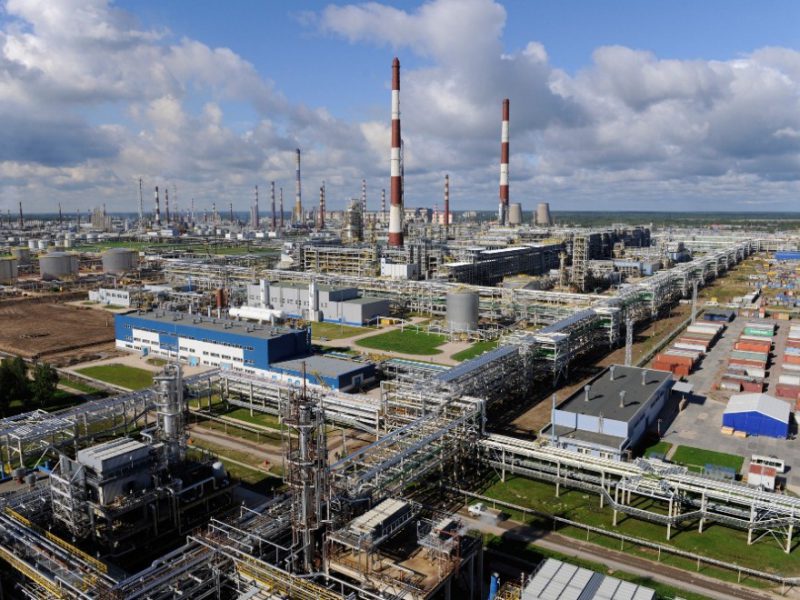Ukraine’s sustained drone campaign has knocked out nearly 40% of Russia’s refining capacity, triggering fuel shortages across 20 regions from annexed Crimea to Russia’s Far East, according to a Washington Post analysis.
Moscow extended its gasoline export ban through year’s end while ramping up imports from Belarus by 36% since July.
In occupied Crimea, drivers face purchase limits of just 20 liters (5 gallons) per person as roughly one in 50 gas stations nationwide has stopped selling fuel.
Ukraine’s energy war delivers results
“Attacks by Ukrainian drones are the main cause and account for up to 70% of the shutdowns,” Russian energy analyst Vladimir Nikitin said, noting refineries have postponed scheduled maintenance to keep operating.
A map composed by X user Yak Yakovich based on open sources shows the extent of the crisis: southern and central Russia, the Urals, central Siberia, and the Far East are affected, with occupied Crimea hit hardest.
Russia now faces a shortfall of about 20% of monthly gasoline demand—roughly 400,000 tons out of 2 million consumed. Production has dropped approximately 10% nationwide, forcing the energy-rich nation to import refined products for the first time in years.
Russian Energy Minister Alexander Novak has proposed eliminating import duties on gasoline from China, South Korea, and Singapore—a sign of Moscow’s desperation.
Striking where it hurts
In September, Ukrainian President Volodymyr Zelenskyy said Kyiv plans to boost long-range drone production to continue targeting Russian energy infrastructure. Most Russian refineries sit in the western part of the country, making them vulnerable to Ukrainian strikes.
“The most effective sanctions—the ones that work the fastest—are the fires at Russia’s oil refineries, its terminals, oil depots,” Zelenskyy said. “We have significantly restricted Russia’s oil industry, and this significantly restricts the war.”
Russia’s military relies on diesel and gasoline for vehicles, generators, and logistics across the 1,000-kilometer front line in Ukraine. While the armed forces get priority fuel allocation, widespread civilian shortages signal strain on the entire supply system—and less fuel for Russia’s economy means less money for Moscow’s war budget.
Read also
-
Ukraine’s drones flew 1,400 km to strike Orsk refinery — Russian propagandist blames Astana and calls for Kazakhstan invasion (videos, updated)
-
Explosions rock Russia fertilizer-explosives plant 1,600 km from Ukraine—ammonia refrigerator blast claimed (updated)
-
BBC Verify counts 21 Russian oil refineries hit since January — already 48% more than in all 2024


